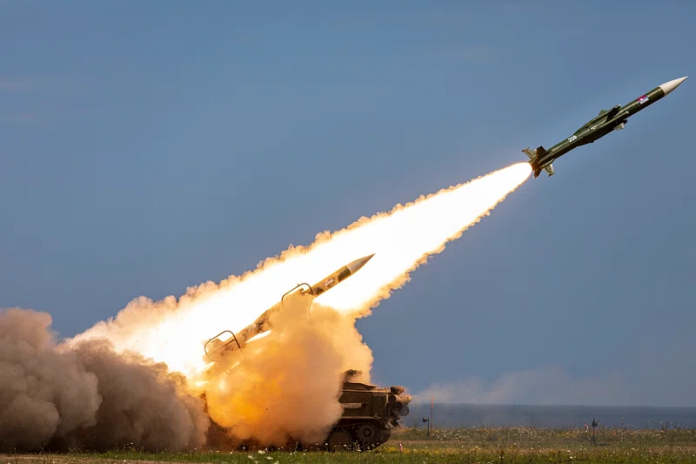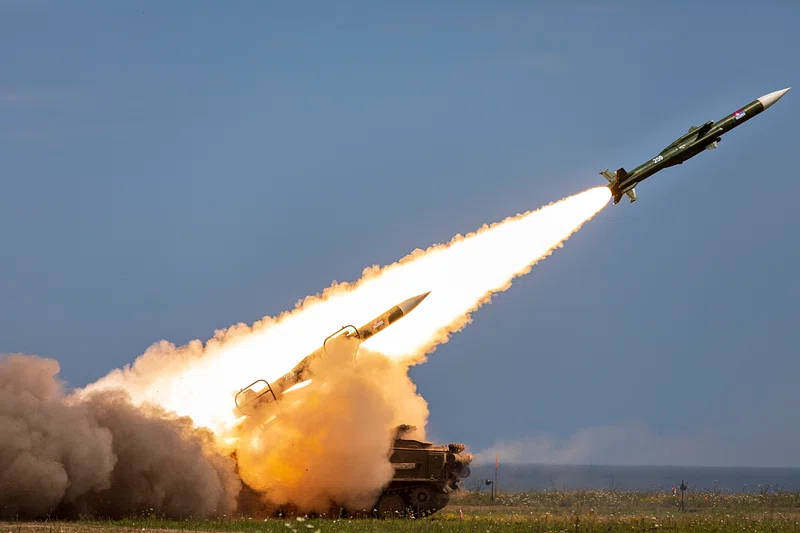
It began with a statistic that startled even seasoned defense planners in less than two weeks, U.S. forces in Israel fired more than 150 Terminal High Altitude Area Defense (THAAD) interceptors nearly a quarter of the nation’s total stockpile. The June Iran-Israel war pressed some of the globe’s most sophisticated missile defense systems to their limits, exposing engineering, logistic, and strategic weaknesses theorized but never tested on this scale.
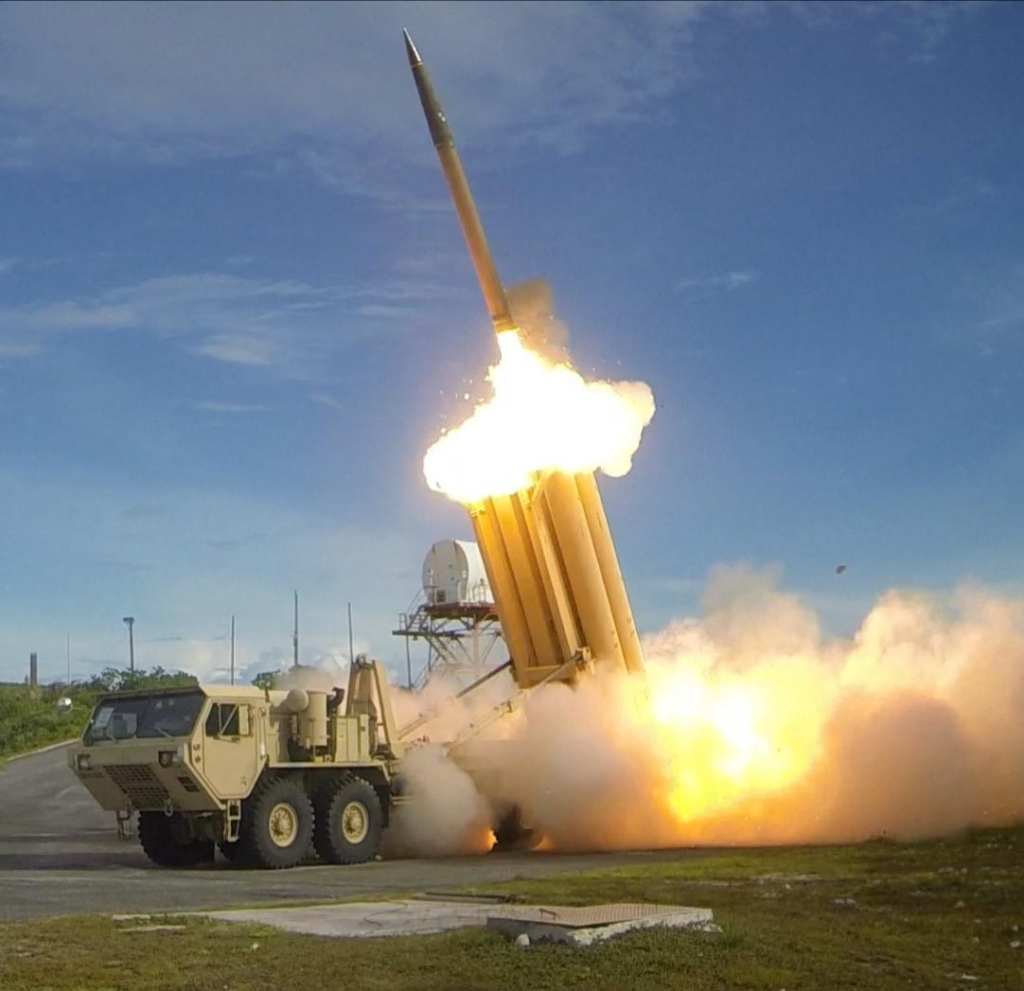
1. THAAD’s Role and Technical Profile
Lockheed Martin developed the THAAD system to destroy short, medium, and intermediate-range ballistic missiles in their terminal phase, occasionally outside the atmosphere. Each battery includes six to nine road-mobile launchers, an AN/TPY-2 radar system, and a fire control unit, and it is crewed by about 95–100 troops. A launcher has a capacity of 48 interceptors, with each one costing between $12 million and $18 million to manufacture, increasing to $27 million when research and development are considered. The interceptors incorporate hit-to-kill technology, annihilating attacking warheads through kinetic force instead of explosives.
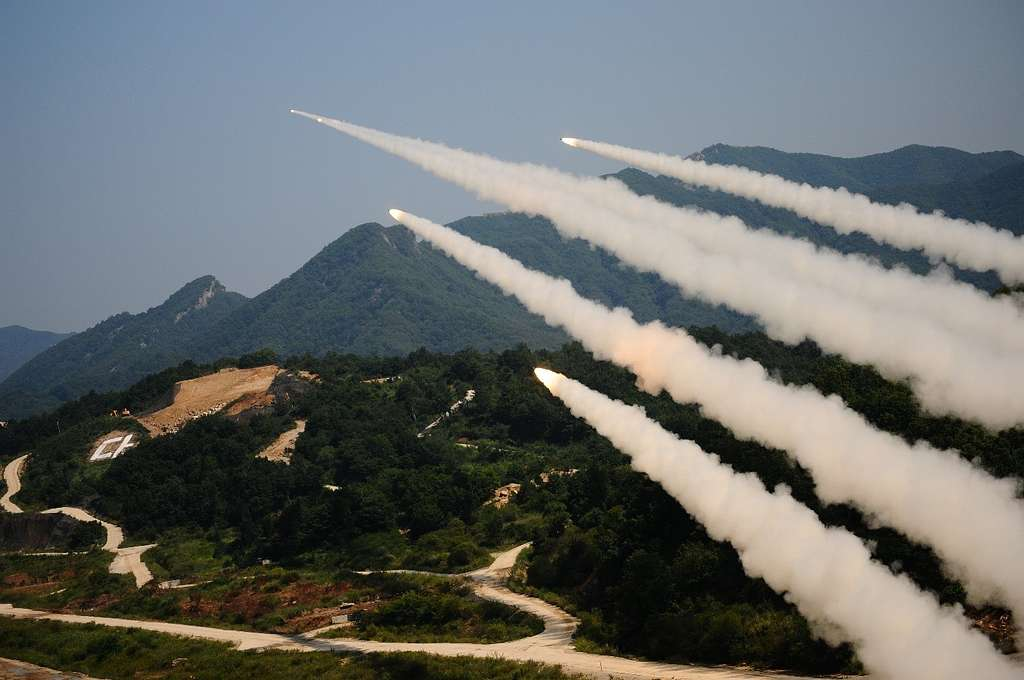
2. Operational Burden in Israel
Two THAAD batteries in Israel were deployed during the war and intercepted waves of Iranian ballistic missiles, such as the Ghadr, Emad, Kheibar Shekan, and hypersonic Fattah-1, which has a top speed of Mach 15. THAAD made nearly half of all interceptions, knocking down approximately 100 missiles, according to the Jewish Institute for National Security of America. But the rate was too fast: the U.S. Army exhausted more interceptors in 12 days than it normally buys in more than a decade. As one high-ranking retired officer explained, “The Department of Defense is examining wartime stock levels of key munitions and trying to substantially expand annual production capacity, a move that is long overdue.”
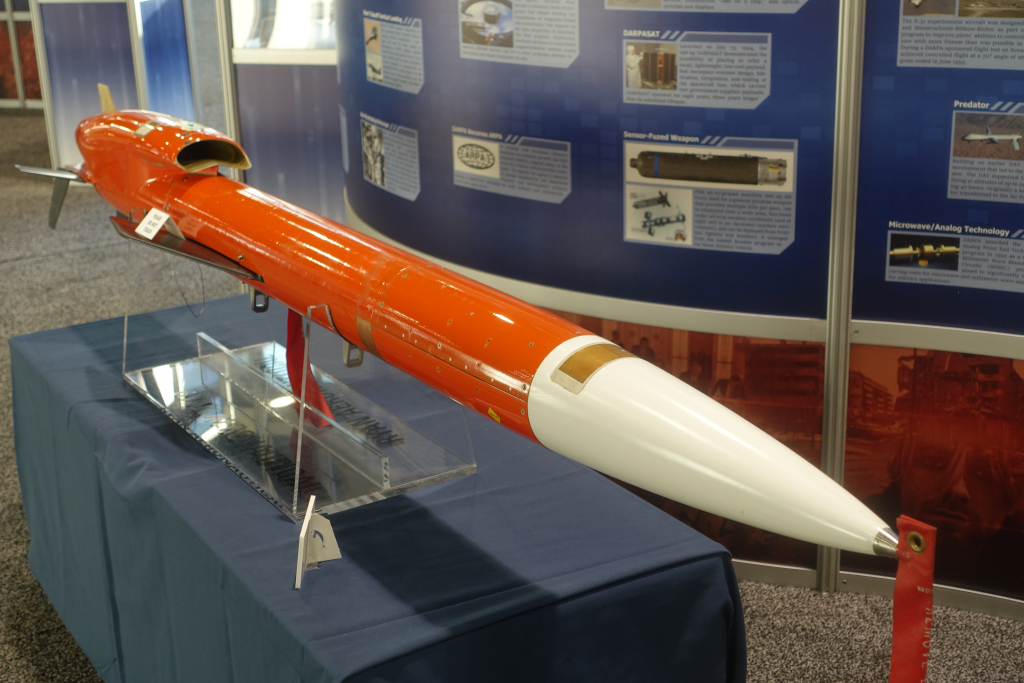
3. Susceptibility to Saturation Attacks
THAAD was designed to address limited, high-end missile attacks not the huge, intense barrages Iran launched. Throughout the course of the war, the rate of interceptions decreased from 92% in week one to 75% on the last day. The analysts credit this to Iran’s deployment of multiple warheads, decoys, and change to urban targets, where there is less dense coverage by interception. Mora Deitch of the Israel Institute for National Security Studies noted, “These comprised newer multi-warhead or decoy missiles, which might individually cause less harm but can saturate and overload air defense systems.”
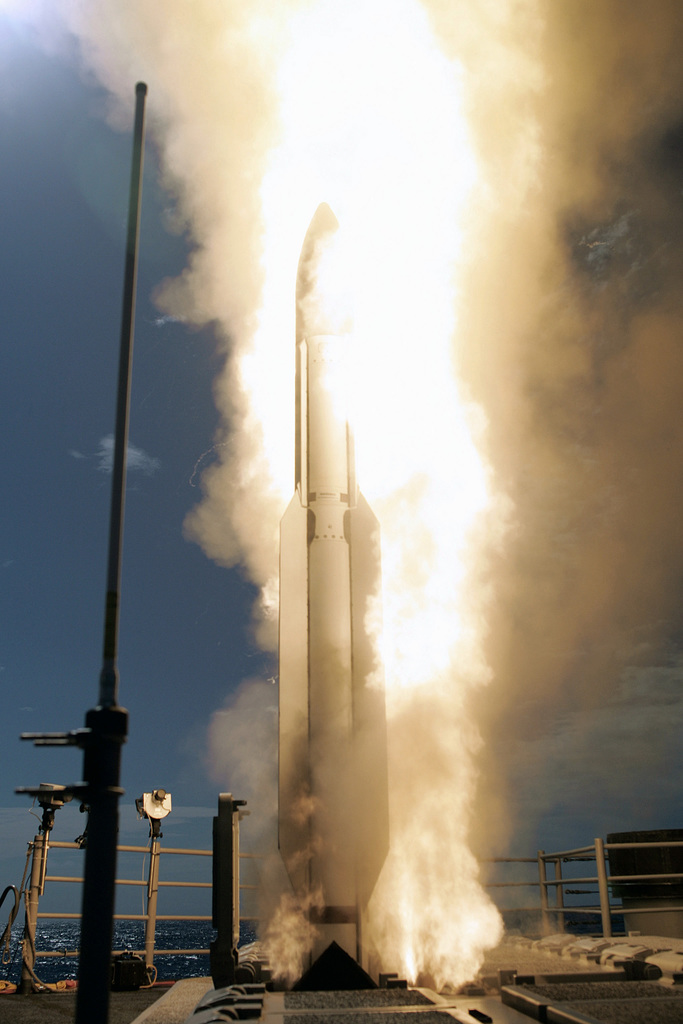
4. The U.S. Navy’s SM-3 Challenge
At sea, Arleigh Burke-class ships in the Mediterranean and Red Sea fired approximately 80 Standard Missile-3 (SM-3) interceptors. The Raytheon and Mitsubishi Heavy Industries-made SM-3 missile can destroy ballistic missiles during the midcourse phase, even in space, with a kinetic kill vehicle. Versions cost between $10 million and $37 million apiece. Warships are not able to reload at sea; after their vertical launch cells are depleted, they must sail back into port, diluting defensive coverage. Admiral James Kilby cautioned that “the rate and amount of these high-priced weapons expenditures were neither foreseen by the Navy nor the defense industrial base.”
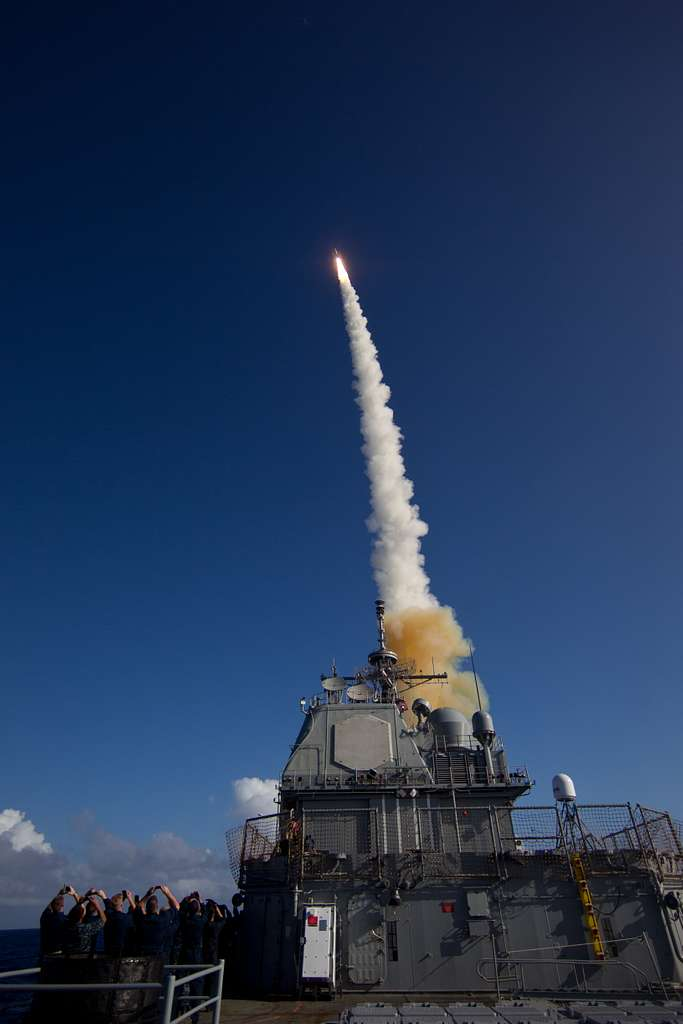
5. Performance Questions and Cost Asymmetry
The Pentagon is evaluating combat data from SM-3 interceptors following stories that some did not perform as intended, destroying targets. This presents the ongoing challenge of cost asymmetry: multi-million-dollar interceptors are being pitted against much less expensive threats. In the Red Sea, American forces have increasingly employed low-cost measures, including the $25,000 AGR-20 laser-guided rocket, to counter drones while saving high-end weapons for strategic threats.
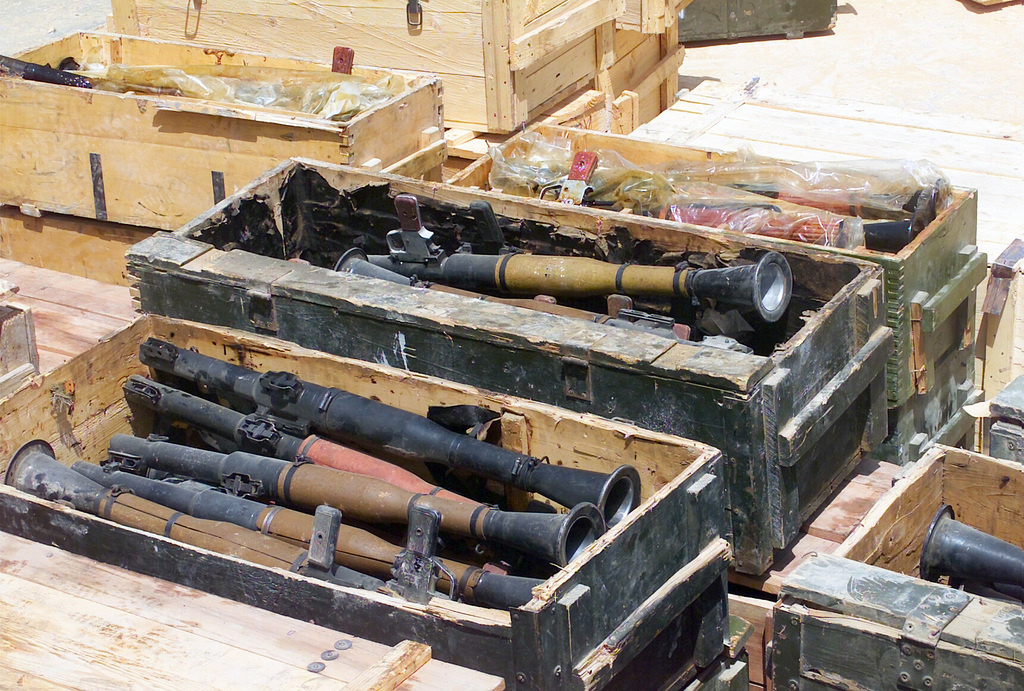
6. Global Stockpile Implications
The THAAD cost in Israel accounted for 15–25% of America’s worldwide stock, with a limited annual production rate of a dozen or so interceptors. It would take three to eight years to replenish at current production levels. The Pentagon has considered redirecting Saudi Arabian-bound interceptors to Israel, highlighting the zero-sum nature of the existing stockpiles. The draining of the stockpiles occurs as they continue to maintain ongoing commitments in Ukraine and the Pacific, where strategists view China’s missile capability as the long-term threat.
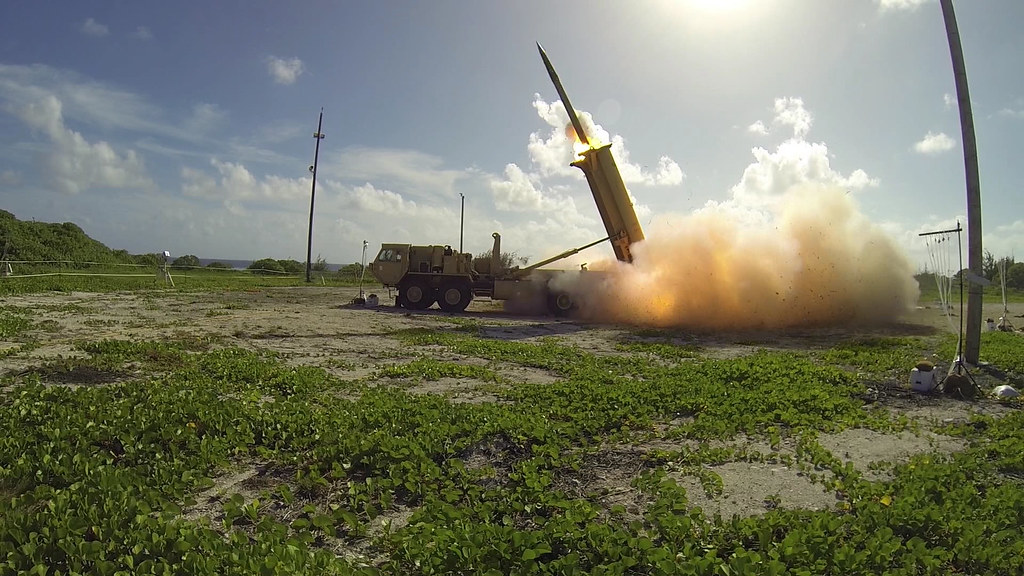
7. Engineering for the Next War
The conflict revealed the key engineering problem of how to make missile defense systems saturable without draining their magazines. Part of the future solution could be greater manufacturing capacity Lockheed Martin is negotiating to raise THAAD production to 100 missiles a year and new technologies such as directed-energy weapons to lower per-shot expenses. Integration among multinational systems, though, is still difficult, with the example set by U.S.-purchased Iron Dome batteries, which had compatibility difficulties with American command-and-control systems.
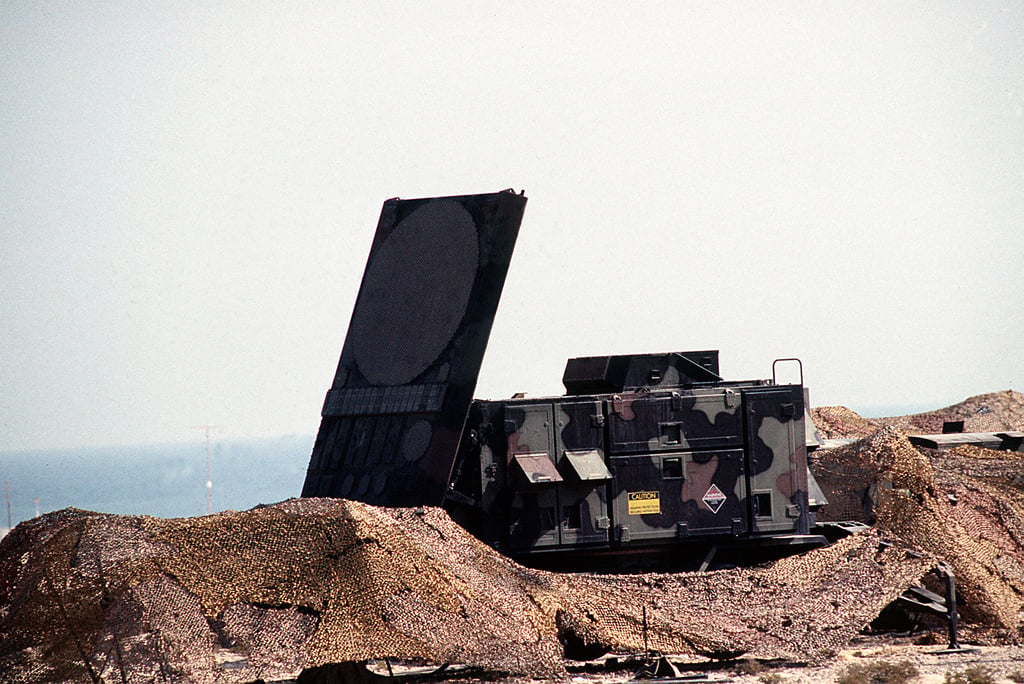
8. Strategic and Diplomatic Implications
The deterrent value of missile defense proved limited. Iran remained unperturbed by interception rates over 80%, still increasing until counterstrikes and diplomacy enforced a ceasefire. As the Center for Strategic and International Studies’s Tom Karako said, “Neither the U.S. nor the Israelis can sit here and shoot down missiles all day.” The war also exposed the vulnerability of regional defense cooperation, with Gulf countries not wanting to reveal that they had helped Israel by sharing radar data.
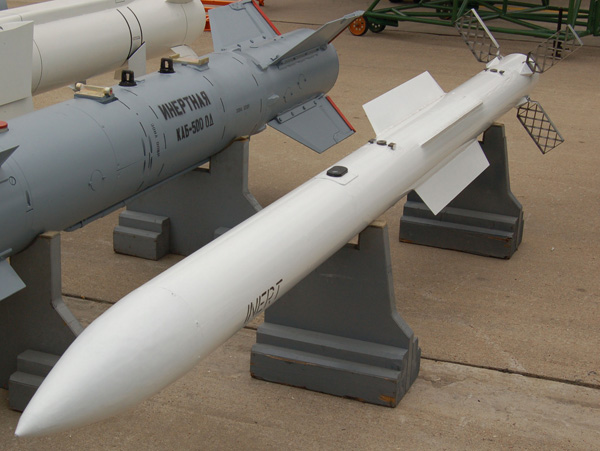
The 12-day war was more than a fight for Israel’s skies it was a live-fire stress test of America’s most capable missile defense. It showed the hard limits of today’s engineering, the vulnerability of supply chains, and the necessity to rethink the deployment of high-end interceptors in an age of mass, precision-guided missile war.
